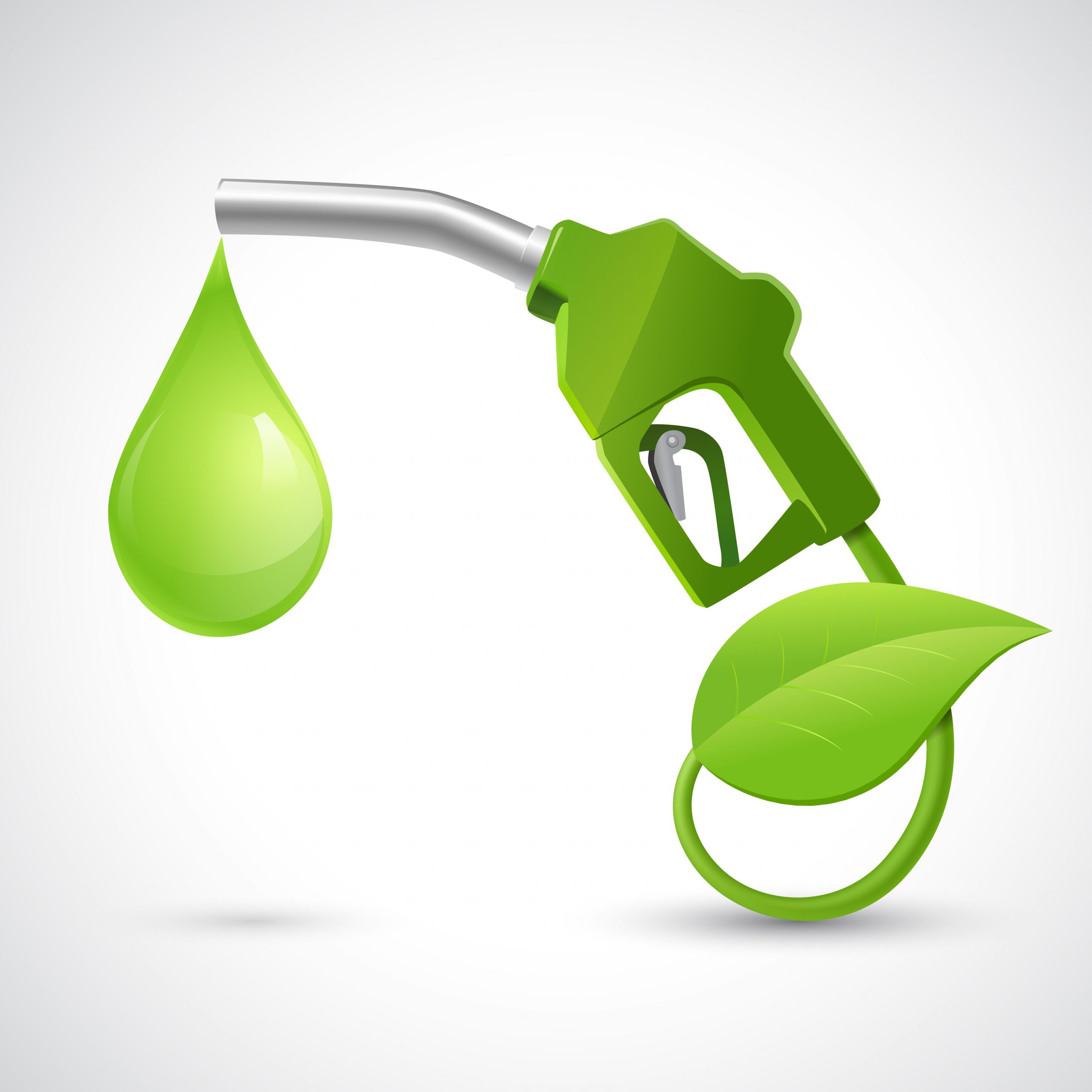News Highlights:
Methanol fuel Cruise: Recently, the Union Minister of Petroleum and Natural Gas, Housing and Urban Affairs, Government of India ceremonially inaugurated the demo run of an Inland Water Vessel powered by Methanol blended Diesel (MD15).
Low Carbon Cruise- SB Gangadhar:
- About:
- The boat ride was done on a 50-seater motor launch marine vessel named ‘SB Gangadhar’.
- The marine vessel is equipped with two Ruston make diesel engines (each engine of 105 hp).
- Fuel:
- The boat will be run on MD-15 (15% methanol blended HSD).
Methanol fuel:
- About:
- Methanol is a low-carbon hydrogen carrier fuel from high ash coal, agricultural residue, CO2 from thermal power plants and natural gas.
- Methanol is utilised as a motor fuel to power ship engines and generate clean power worldwide.
- However, most worldwide methanol production is derived from natural gas, a relatively straightforward process.
- Methanol from coal:
- Since India doesn’t have many natural gas reserves, producing methanol from imported natural gas leads to an outflow of foreign exchange and is uneconomical because of higher prices.
- The next best option is to utilise India’s abundant coal. However, due to the high ash percentage of Indian coal, most internationally accessible technology will not be adequate.
- To address this issue, BHEL successfully demonstrated a facility to create 0.25 TPD (Ton per Day) Methanol from high ash Indian coal using a 1.2 TPD Fluidized bed gasifier.
- Blending of methanol:
- Blending of 15% methanol in gasoline can result in at least a 15% reduction in the import of gasoline/crude oil.
- In addition, this would reduce GHG emissions by 20% in particulate matter, NOx, and SOx, thereby improving the urban air quality.
- The Methanol Economy will also create close to 5 million jobs through methanol production/application and distribution services.
- Additionally, Rs 6000 crore can be saved annually by blending 20% DME (Di-methyl Ether, a derivative of methanol) in LPG. This will help the consumer save between Rs 50-100 per cylinder.
- Energy:
- It is slightly lower in energy content than petrol and diesel.
- Methanol can replace both these fuels in the transport sector (road, rail and marine), the energy sector (comprising DG sets, boilers, process heating modules, tractors, and commercial vehicles) and retail cooking (replacing LPG [partially], kerosene and wood charcoal).
- Advantages of methanol fuel:
- Methanol is a cost-effective alternative marine fuel.
- It is less costly than other marine fuels and economical in developing the shoreside storage and bunkering infrastructure.
- The cost to convert vessels to run on methanol is significantly less than other alternative fuel conversions, with no need for expensive exhaust gas after treatment.
- As a liquid fuel, only minor modifications are needed for existing storage and bunkering infrastructure to handle methanol.
- It is the best pathway for meeting India’s commitment to COP 21.
NITI Aayog’s ‘Methanol Economy’ programme:
- Objective:
- NITI Aayog’s ‘Methanol Economy’ programme aims to reduce India’s oil import bill, and greenhouse gas (GHG) emissions and converting coal reserves and municipal solid waste into methanol.
Pic Courtesy: Freepik
Content Source: PIB



